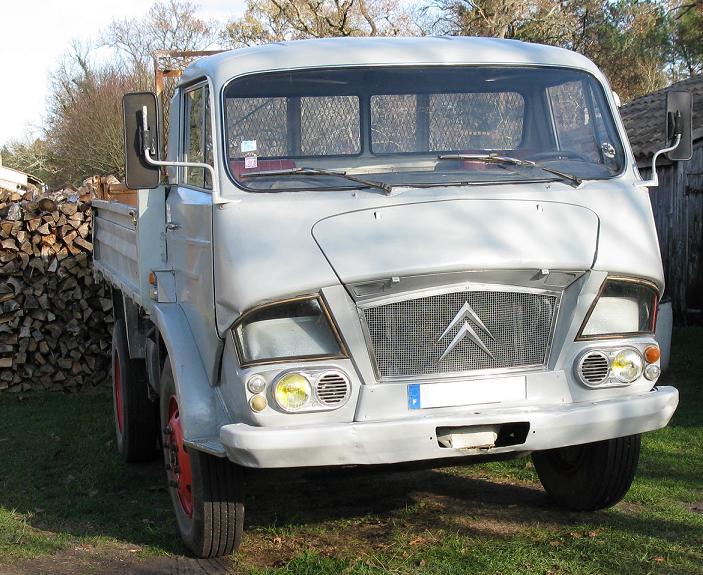Citroën Belphégor on:
[Wikipedia]
[Google]
[Amazon]
 In 1964,
In 1964,
Belphégor pageCITROËN WORLD: Truck links
Belphegor (truck) {{truck-stub
Citroën
Citroën () is a French automobile brand. The "Automobiles Citroën" manufacturing company was founded in March 1919 by André Citroën. Citroën is owned by Stellantis since 2021 and previously was part of the PSA Group after Peugeot acquired ...
released a range of trucks from 3.5 to 8 ton capacity, styled by Flaminio Bertoni Flaminio Bertoni ( Masnago, Italy, 10 January 1903 – Paris, France, 7 February 1964) was an Italian automobile designer from the years preceding World War II until his death in 1964. Before his work in industrial design, Bertoni was a sculptor.
W ...
, the Italian sculptor
Sculpture is the branch of the visual arts that operates in three dimensions. Sculpture is the three-dimensional art work which is physically presented in the dimensions of height, width and depth. It is one of the plastic arts. Durable sc ...
also responsible for the Citroën 2CV, DS, Ami 6, and Traction Avant
Traction may refer to:
Engineering
*Forces:
** Traction (engineering), adhesive friction or force
** Traction vector, in mechanics, the force per unit area on a surface, including normal and shear components
* Traction motor, an electric motor ...
cars. In production until 1974, the medium-duty truck
Truck classifications are typically based upon the maximum loaded weight of the truck, typically using the gross vehicle weight rating (GVWR) and sometimes also the gross trailer weight rating (GTWR), and can vary among jurisdictions.
United ...
was intended as the replacement for the older Citroën U23
The U23, or Type 23, was a light (2-ton) truck introduced by Citroën in 1935. Although the engine cowling and front body appeared similar to the Citroën Traction Avant's, the U23 had a conventional rear-wheel-drive layout. Production lasted th ...
trucks. The U23, however, was kept in production alongside its replacement until 1969, as they were still profitable in spite of their age.
Although they were named 350 to 850 (N or P models), the trucks' unusual appearance meant they were known as the "Belphégor", after the then-popular television series about a mystery in the Louvre Museum, '' Belphégor''. The number signified the load capacity in tens of kilogrammes. There were diesel and petrol four-cylinder engines (350–480), as well as diesel and petrol six-cylinder ones (600–850) in the heavier-duty models.
External links
Belphégor page
Belphegor (truck) {{truck-stub